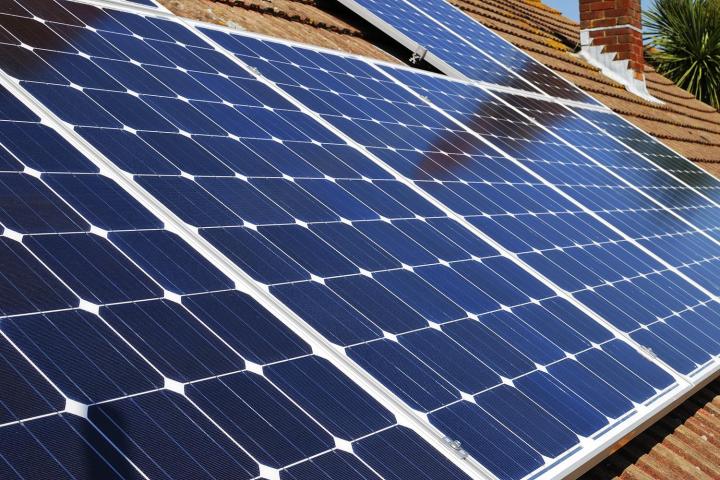
Most solar panels are solid, which blocks air from entering the cell and makes it difficult for a battery to function inside. The researchers at OSU created a mesh solar panel, which allows air to reach the battery. Once the air is in the battery, electrons can be transferred from the solar panel to the battery electrode. Light and oxygen enter the device and facilitate chemical reactions that charge the battery.
The mesh solar panel is made of titanium gauze, which grows along vertical rods of titanium dioxide. The rods capture sunlight, while the gauze allows airflow. The solar cell is connected to the battery with three electrodes instead of four. The mesh solar panel is one electrode, a thin sheet of porous carbon forms the second electrode, and a lithium plate becomes the third electrode. Layers of electrolytes are embedded between each electrode, giving the electrons a path to cross.
The solar battery goes through three steps to harness the sun’s energy: First, the light touches the solar panel and makes electrons. Then, inside the battery, electrons help chemically decompose lithium peroxide, creating lithium ions and oxygen. Finally, the oxygen joins the air, and the battery stores the lithium ions as lithium metal, once the electrons have been captured.
Every time the battery discharges, it takes in oxygen to create more lithium peroxide and the process continues. The researchers found that nearly 100 percent of electrons were captured, as opposed to the 80 percent caught by traditional solar panels. The improved efficiency should make the new solar panel-battery hybrid more appealing to buyers. The new panels are also much cheaper to make. One of the scientists behind the project, Yiying Wu, a professor of chemistry and biochemistry at Ohio State, says they’ve reduced the cost by 25 percent.
“The state of the art is to use a solar panel to capture the light, and then use a cheap battery to store the energy,” Wu said. “We’ve integrated both functions into one device. Any time you can do that, you reduce cost.”
The U.S. Department of Energy funds the research project and its makers say they plan to license the technology to the solar panel industry. The new solar battery could end up in homes and businesses one day soon.


